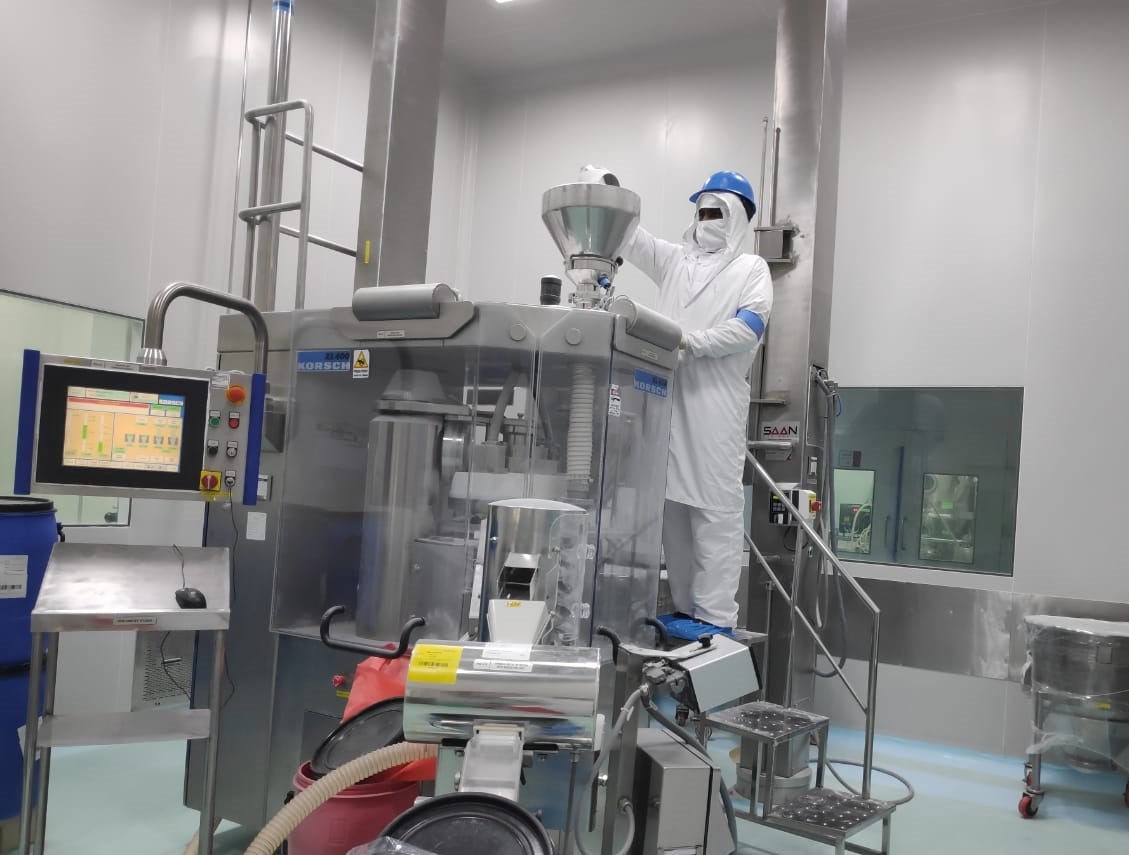Summary
The recent review by the United States (US) on supply chain resilience notes India’s future global significance in semiconductors, large capacity batteries and critical materials. It expresses concerns over America’s heavy dependence on India in pharmaceuticals and stresses the need to diversify. India can expect a selective US engagement, along with disengagement, across supply chains.
The Joe Biden Administration’s 100-day review of resilient supply chains confirms the United States’ (US) anxiety over the loss of control over strategically important supply chains.
The review studied four critical industries: semiconductors, large capacity batteries, critical minerals and materials, as well as pharmaceuticals and active pharmaceutical ingredients (APIs). Recommendations for greater resilience of the supply chains for these industries, albeit from the US’ perspective, include expanding its production and innovation capacities, encouraging private firms in resilience practices, increasing government procurement of critical goods, working for fair global trade rules, partnering with allies to reduce supply chain vulnerabilities and monitoring supply chain disruptions as the American economy adjusts to post COVID-19 conditions.
Most importantly, the review identifies production efficiency and low costs – guiding parameters behind the US’ approach to domestic production and its global fragmentation – as key factors in generating widespread supply chains risks. These parameters would no longer supersede security, sustainability and resilience in determining its perspective on supply chains.
India finds several mentions in the review. This includes the allusion to the Quad as a key alliance to further supply chain resilience in semiconductors. Further, on semiconductors, the review proposes eliminating visa quotas for high-skilled professionals from India.
India, along with the US and China, is noted to emerge as one of the largest global markets for stationary battery storage by 2050. The review reflects India’s efforts to counter China’s dominance in lithium-ion battery production by incentivising local capacities. India’s production-linked incentive scheme is discussed at length in this regard.
In critical materials production, India, along with a group of other countries (such as Australia, France, Germany, Russia, the US, the United Kingdom and Vietnam) is considered important for localising parts of the supply chains. Its proficiencies in mining and generation of mixed compounds in the neodymium-iron-boron supply chain are noted in this regard.
The discussion on pharmaceuticals repeatedly mentions India and its control over the global supply chain. The review mentions that the US’ generic drugs industry is being undercut by competition from India (and China); with the two accounting for more than 40 per cent of API producing facilities outside the country, driven largely by lower labour costs.
India and China are repeatedly cited together in highlighting the US pharmaceutical industry’s external dependence. The comparative discussion shows the dependence to be relatively high on India in certain areas. For finished dose formulation (FDF) drugs approved by the US Food and Drug Administration, 52 per cent production facilities are located outside the US, with India hosting nine per cent of these, after the European Union (EU) [18 per cent] and above China (six per cent). India’s share of such facilities is 26 per cent – the highest outside the US and more than those of the EU (16 per cent) and China (eight per cent) – for FDFs approved under the Abbreviated New Drugs Applications (ANDAs). India also accounts for the largest share (29 per cent) of API manufacturing facilities approved under the ANDAs outside the US, more than the EU (27 per cent) and China (16 per cent).
The review unhesitatingly admits the US’ dependence on China and India for sourcing APIs and FDFs. Urging greater diversification in the supply chains of pharmaceuticals and APIs, the review emphasises producing these more in countries that do not necessarily have the lowest labour costs like India and China. The emphasis underscores the deviation from the efficiency objective in organising supply chains.
Much as the review emphasises diversifying global suppliers, reducing sourcing concentration and working with allies, one wonders how all of these might apply to India. In pharmaceuticals, the US’ concern over heavy reliance on India is evident. Would its efforts to reduce such dependence affect the progress on significant multi-country pharmaceutical initiatives involving both the US and India, like the Quad vaccine partnership?
The US’ plans to localise and re-shore parts of its critical supply chains, as indicated in the review, might not always feature India in all industries. But India can anticipate a US strategy of ad-hoc selective engagement and disengagement. In pharmaceuticals, the US’ efforts to proactively disengage from India in some parts of the supply chain by diversifying sourcing from other countries, is likely to be accompanied by a more proactive engagement in industries like large-capacity batteries and semiconductors.
. . . . .
Dr Amitendu Palit is a Senior Research Fellow and Research Lead (Trade and Economic Policy) at the Institute of South Asian Studies (ISAS), an autonomous research institute at the National University of Singapore (NUS). He can be contacted at isasap@nus.edu.sg. The author bears full responsibility for the facts cited and opinions expressed in this paper.
Photo credit: Facebook/Dr Reddy’s Laboratories
-
 More From :
More From :
-
 Tags :
Tags :
-
 Download PDF
Download PDF



